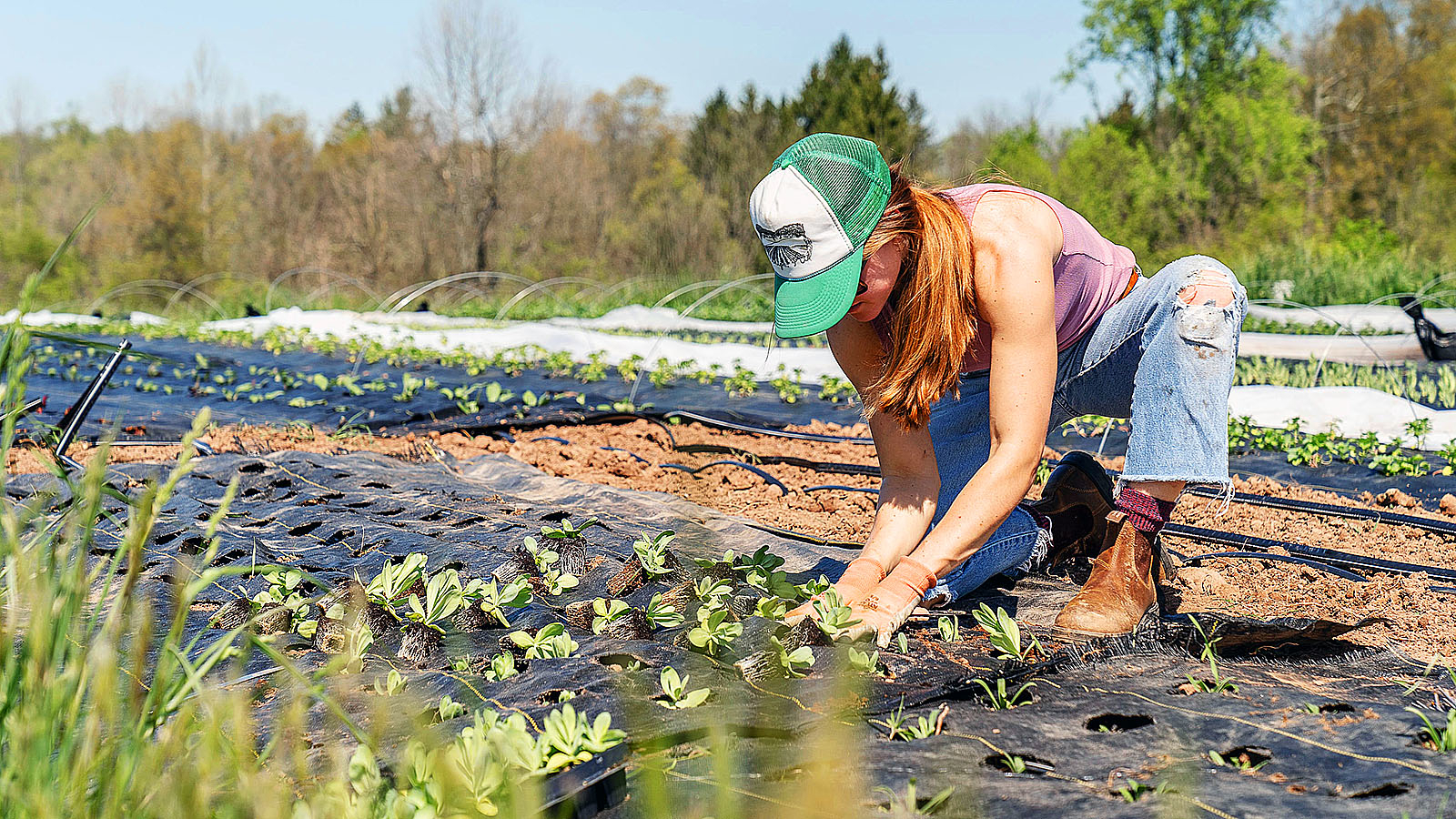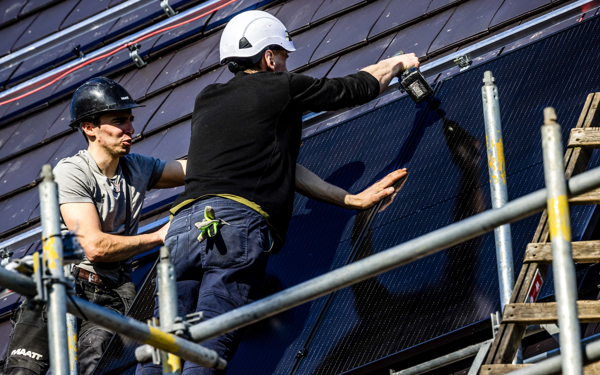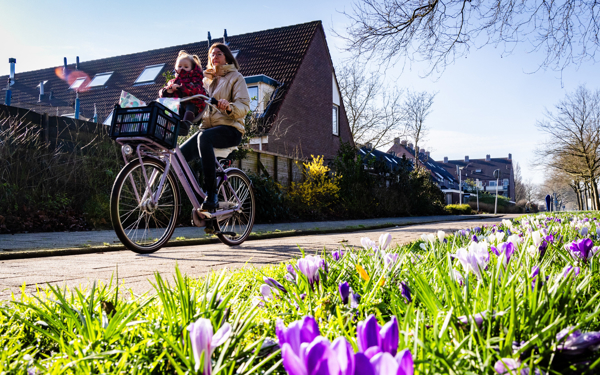Agriculture and biodiversity
Biodiversity in the Netherlands is under pressure. Intensive agriculture is a primary driver of biodiversity loss. Through greenhouse gas emissions, the expansion of farmland, and the intensification of agricultural production to feed a growing population, intensive agriculture destroys natural ecosystems and poses a long-term risk to environmental, social, and financial value. Prices of agricultural land, especially in the Netherlands, are far too high. This forces many farmers to take out large bank loans and produce as much as possible at the lowest possible cost so that they can repay them. While such mass production may seem cheap and efficient, it is ultimately the land and the environment that pay the price, while farmers' margins continue to shrink. Everywhere in the Netherlands, we see that soil quality is rapidly degrading, which highlights the urgent need to transform the agricultural sector. Financial institutions can play a role in this transformation by making it easier for nature-inclusive farmers to find financing.
Framework for financing regenerative agriculture
A regenerative, sustainable agri-food system calls for fair costs, fair risks and returns, and a systemic transition. Based on these three building blocks, the study develops a framework which outlines how the financial sector can make a positive contribution to biodiversity restoration and conservation through agriculture. This starts, for example, by decoupling agricultural land prices from market prices. The study discusses a case of an organisation that buys land from the market and gives it a perpetual agricultural use in return for a fair rent. At lower prices, a farmer can run a healthier business, producing healthy products at a fair return and with care for the environment.
The publication discusses several cases, which have innovation as their common denominator. What they also have in common is that they typically do not yet match the banks’ traditional risk-return mindset. Although the examples described in the study do not yet have the scale to enable financial institutions to make a lasting impact, it is precisely this mindset shift that is important. That mindset should reflect not only the financial, but also the social and environmental value of biodiversity and help accelerate the transition to a regenerative, nature-inclusive agri-food system.
Read more about the Sustainable Finance Platform here








